Store closings could accelerate throughout 2025
Major brands like Macy's and Walgreens are continuing to shutter stores
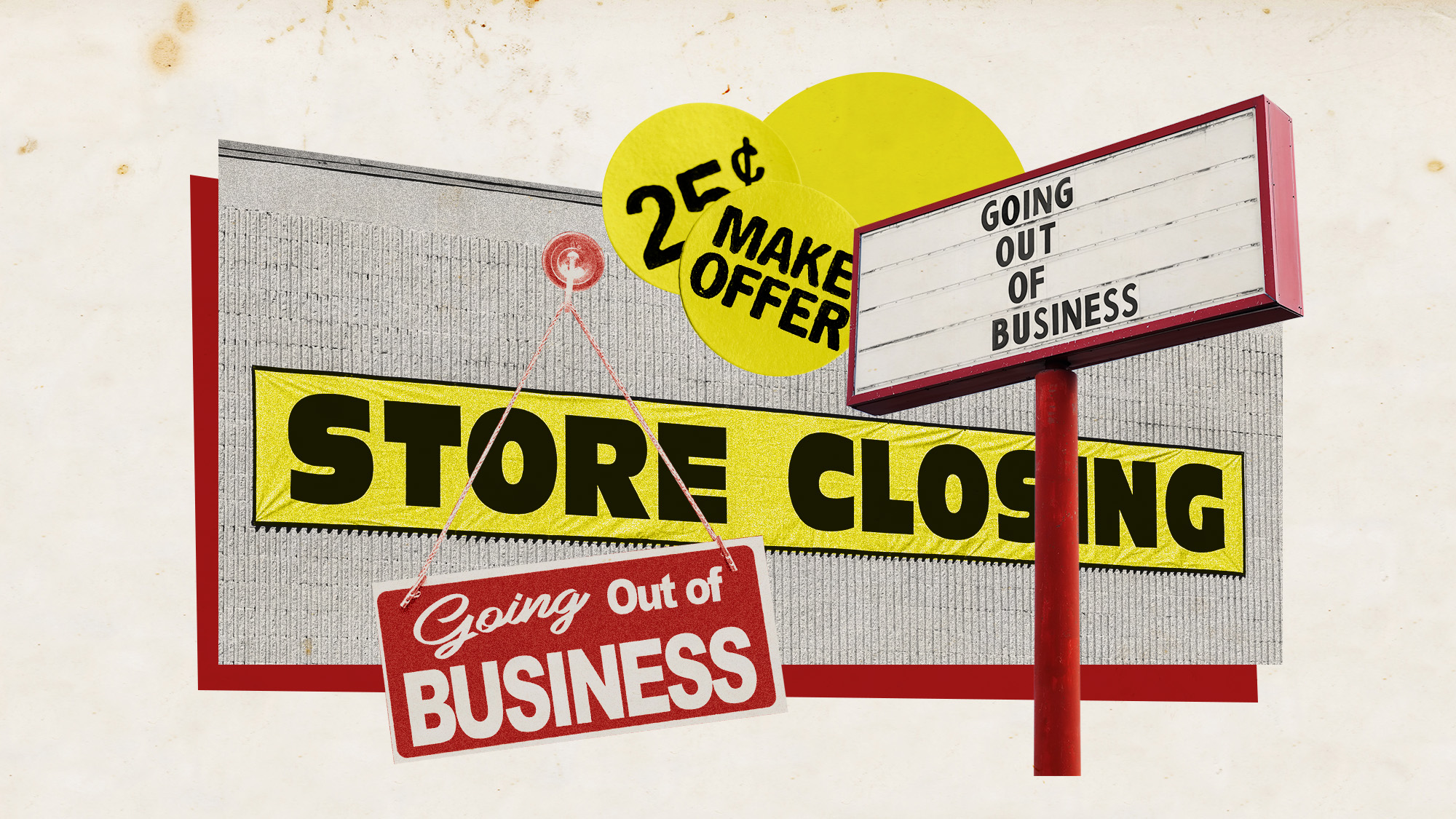

Brick-and-mortar stores have had a tough time in recent years — and that trend is likely to continue. Experts say major retailers are expected to continue closing stores at a rapid pace, part of the longstanding and continuing decline of America's retail landscape.
This does not mean that the country will run out of stores anytime soon, as the U.S. reportedly had about 800,000 retail businesses at the end of 2022. But a big jump in closures was seen in 2024 — the largest since the pandemic — and an even bigger jump is expected in 2025.
How many retail stores will close?
About 15,000 retail stores are expected to close this year, according to data from retail analysis firm Coresight Research. If this estimate is accurate, it will be significantly higher than last year, as "store closures totaled 7,325 in 2024, the highest number of store closures seen since 2020 when Coresight Research tracked almost 10,000 closures," the firm said. Closures "outpaced openings in 2024 with a net loss of 1,355 stores."
The Week
Escape your echo chamber. Get the facts behind the news, plus analysis from multiple perspectives.

Sign up for The Week's Free Newsletters
From our morning news briefing to a weekly Good News Newsletter, get the best of The Week delivered directly to your inbox.
From our morning news briefing to a weekly Good News Newsletter, get the best of The Week delivered directly to your inbox.
Major retailers have "already announced 1,925 store closures so far in 2025 — and that was only as of Jan. 10," said CNBC. By this date, stores had announced 334.3% more closures compared with the same time period in January 2024, according to Coresight. Party City, Macy's, Joann, JCPenney, Big Lots and Walgreens are among the most well-known chains that have announced store closings for 2025. But some other chains with large nationwide presences, like "Amazon, Costco and Walmart have gotten bigger as shoppers seek value and convenience."
Why are so many stores expected to close this year?
It comes down to a variety of factors. Financial hardships like "bankruptcies, liquidations and chains leaving unprofitable locations will be the catalysts for most of the store closings," John Mercer, Coresight's head of global research, said to The Washington Post. This happens as consumers "seek out stores that offer better deals and a smoother shopping experience."
There are issues beyond financial troubles, too. Some retailers are "still adjusting to an environment that was reshaped by the pandemic, while others grapple with the ripple effects of high interest rates," said the Post. Many industries are working to reorient from the "height of the pandemic, when consumer spending rose and leases for retail space were discounted," said Mark Cohen, the former director of retail studies at Columbia Business School, to the Post.
The closings are "not just about one company — it is a structural shift in the retail landscape," Coresight CEO Deborah Weinswig said to USA Today. Retail brands that "fail to adapt to new consumer expectations and personalized marketing and merchandising are facing an existential crisis." Digital marketplaces are also "offering rock-bottom prices and instant access to products that once drove foot traffic to physical stores," making it even harder for brick-and-mortar stores to keep up.
A free daily email with the biggest news stories of the day – and the best features from TheWeek.com
This year is "shaping up to be the worst year for store closures in recent history," Weinswig said to USA Today. There is a "significant place for physical retail, but it needs to adapt to today's consumer." After 2025, retailers must "take a step back, reassess and revolutionize the physical store environment."
Justin Klawans has worked as a staff writer at The Week since 2022. He began his career covering local news before joining Newsweek as a breaking news reporter, where he wrote about politics, national and global affairs, business, crime, sports, film, television and other news. Justin has also freelanced for outlets including Collider and United Press International.
-
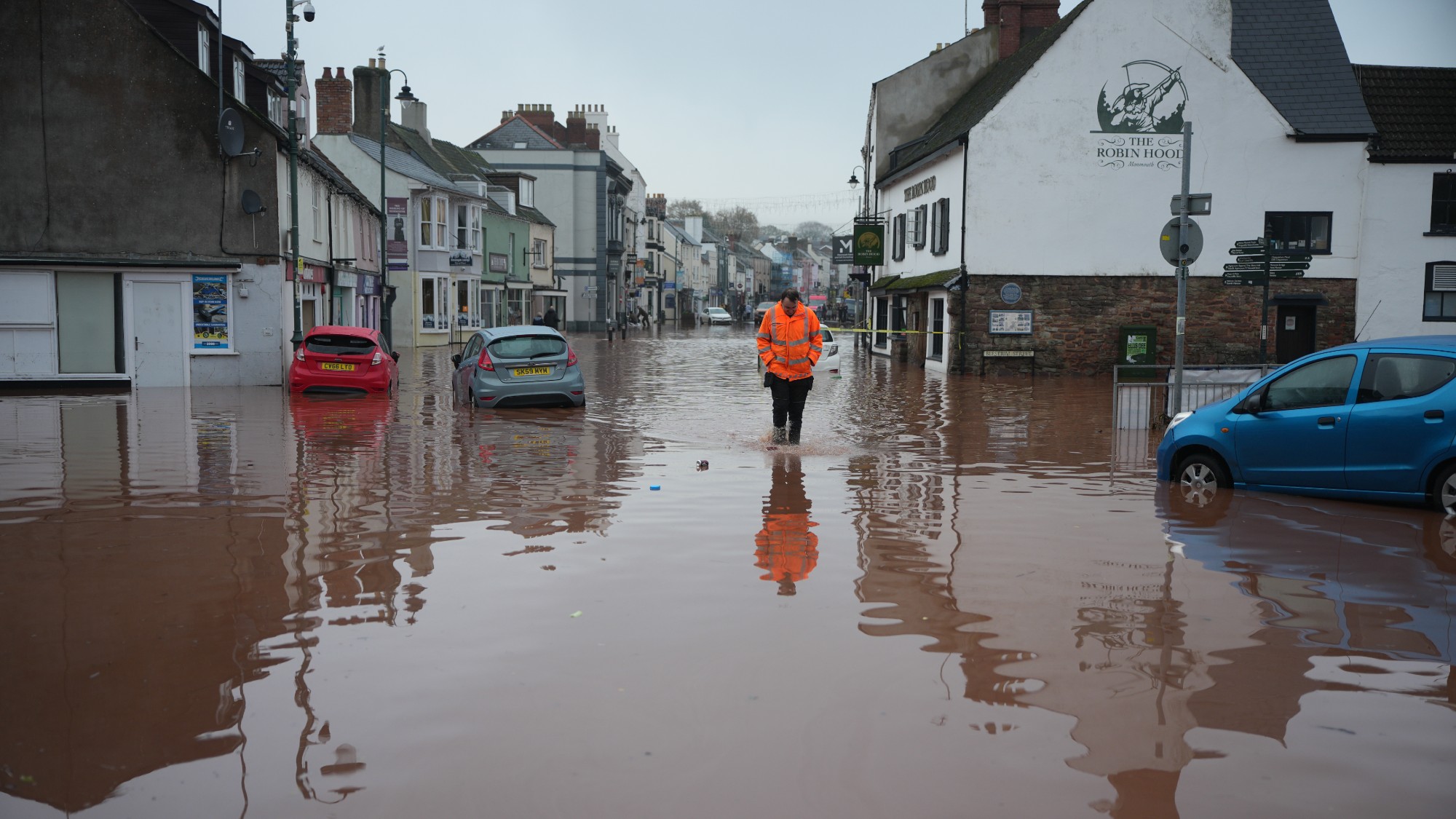 How will climate change affect the UK?
How will climate change affect the UK?The Explainer Met Office projections show the UK getting substantially warmer and wetter – with more extreme weather events
-
 Crossword: November 23, 2025
Crossword: November 23, 2025The daily crossword from The Week
-
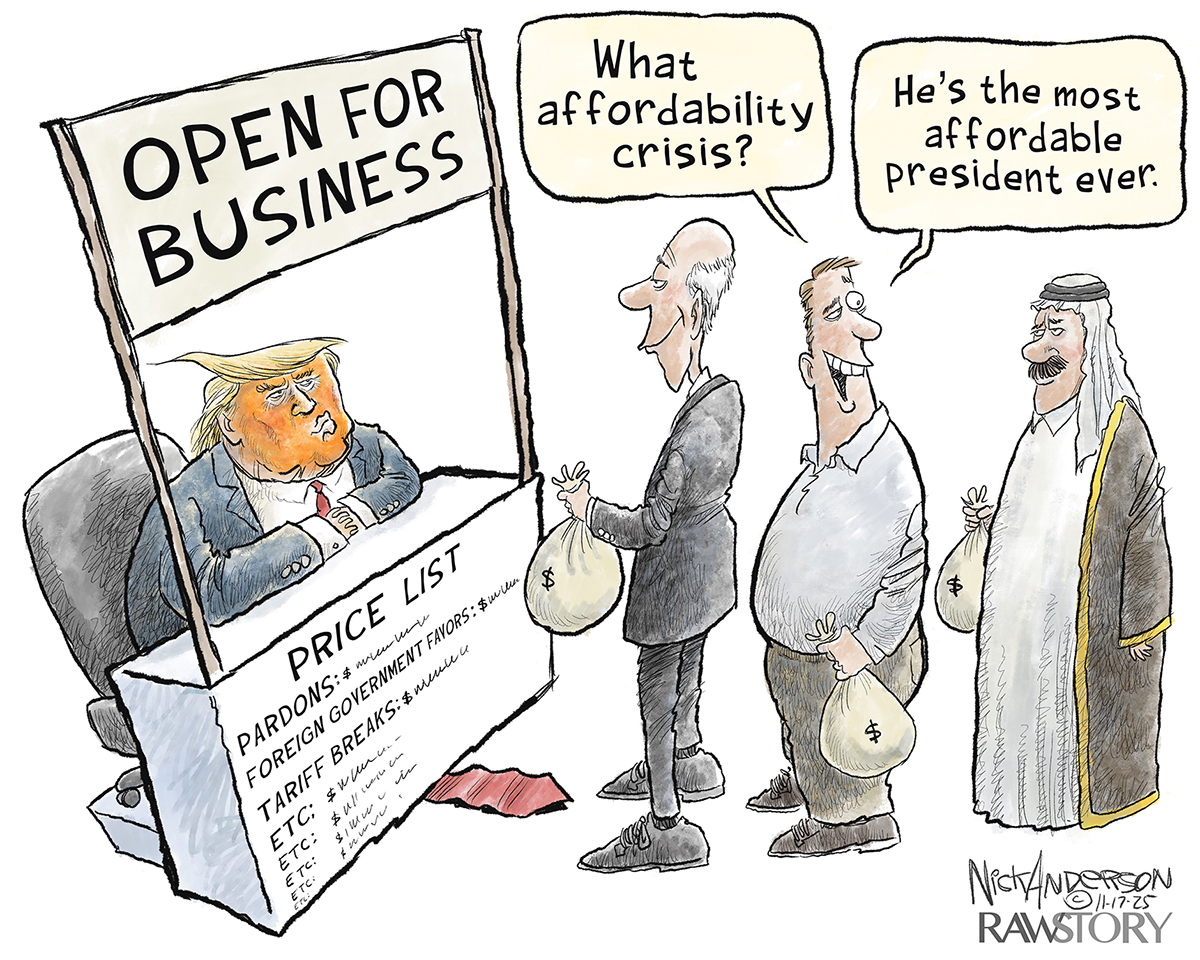 5 red-carpet ready cartoons about Donald Trump's reception of Prince Mohammed bin Salman
5 red-carpet ready cartoons about Donald Trump's reception of Prince Mohammed bin SalmanCartoon Artists take on the affordability crisis, 'things happen', and more
-
 Fast food is no longer affordable for low-income Americans
Fast food is no longer affordable for low-income AmericansThe explainer Cheap meals are getting farther out of reach
-
 US mints final penny after 232-year run
US mints final penny after 232-year runSpeed Read Production of the one-cent coin has ended
-
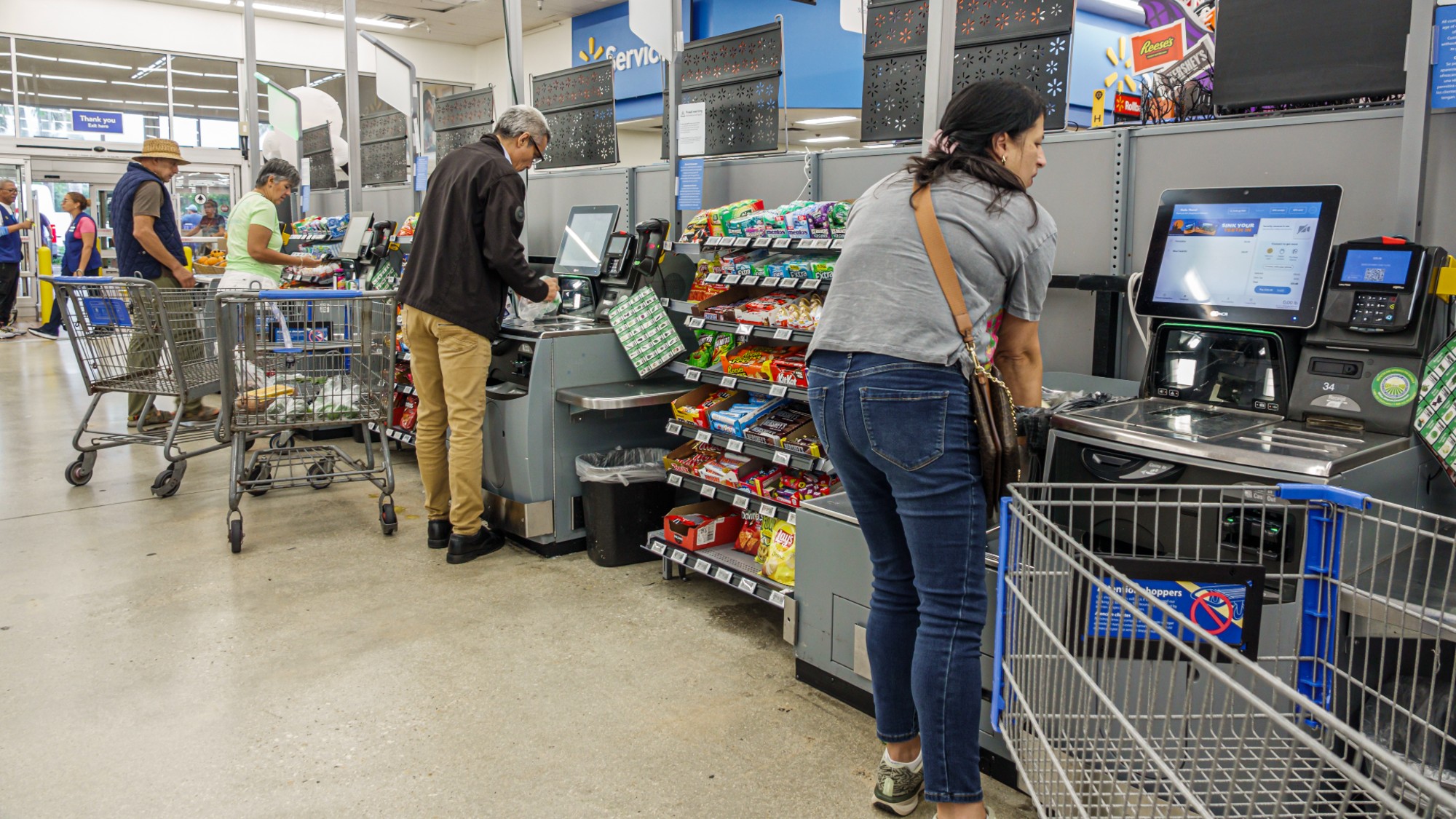 How could worsening consumer sentiment affect the economy?
How could worsening consumer sentiment affect the economy?Today’s Big Question Sentiment dropped this month to a near-record low
-
 Musk wins $1 trillion Tesla pay package
Musk wins $1 trillion Tesla pay packageSpeed Read The package would expand his stake in the company to 25%
-
 How Tesla can make Elon Musk the world’s first trillionaire
How Tesla can make Elon Musk the world’s first trillionaireIn The Spotlight The package agreed by the Tesla board outlines several key milestones over a 10-year period
-
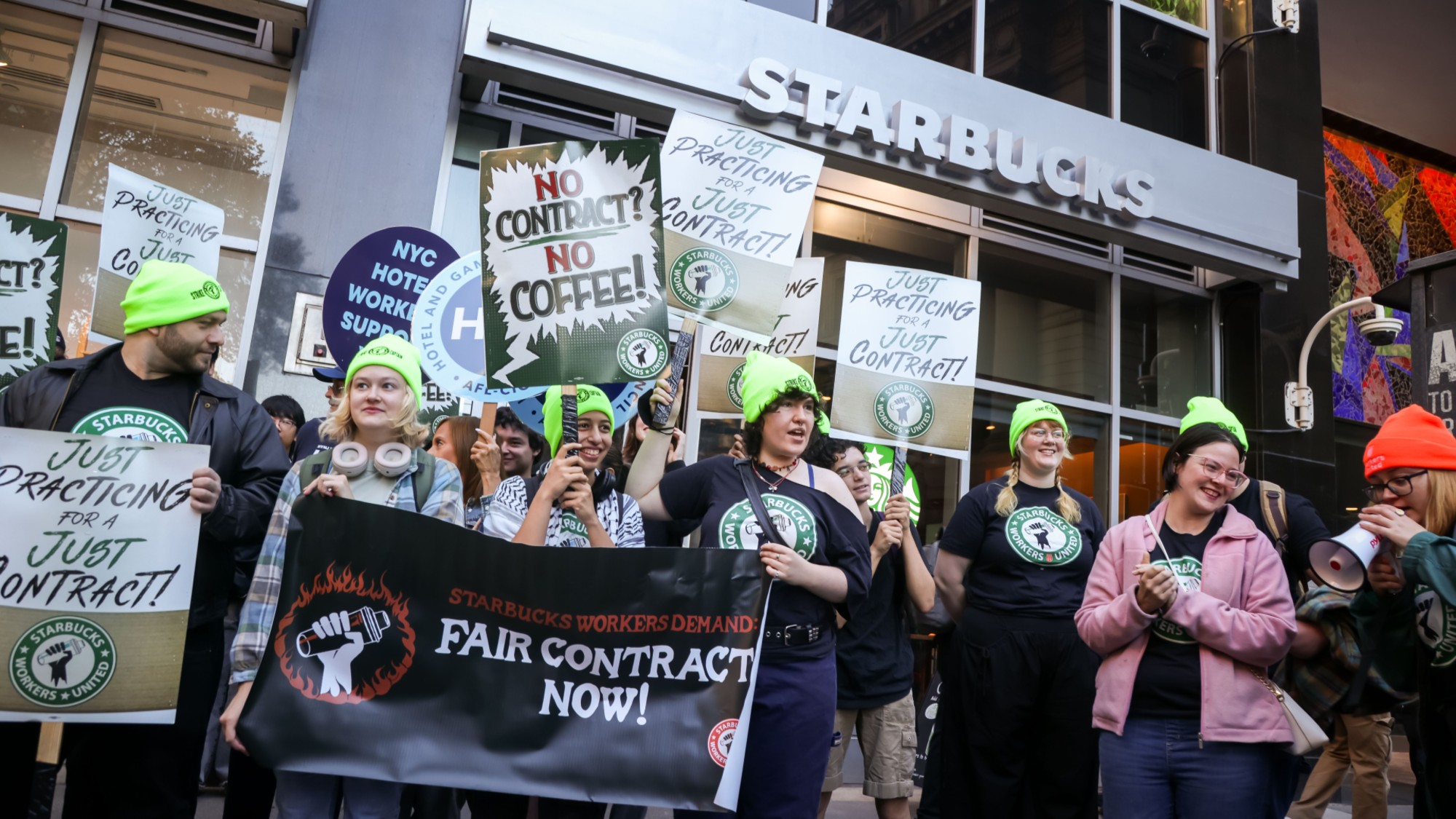 Starbucks workers are planning their ‘biggest strike’ ever
Starbucks workers are planning their ‘biggest strike’ everThe Explainer The union said 92% of its members voted to strike
-
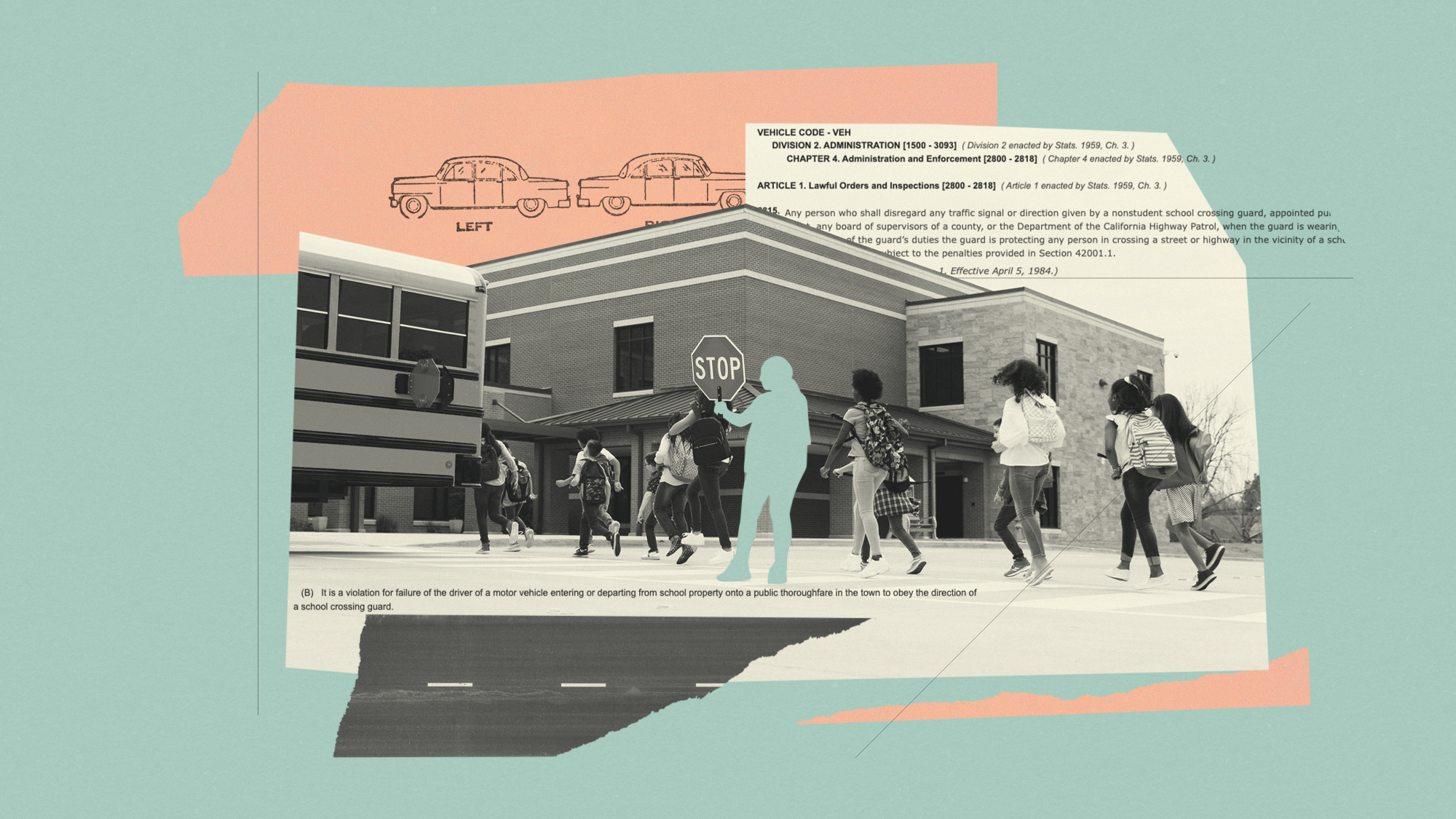 Being a school crossing guard has become a deadly job
Being a school crossing guard has become a deadly jobUnder the Radar At least 230 crossing guards have been hit by cars over the last decade
-
 Is the job market frozen or faltering?
Is the job market frozen or faltering?Today's Big Question Layoffs raise alarms while young workers eye law school
